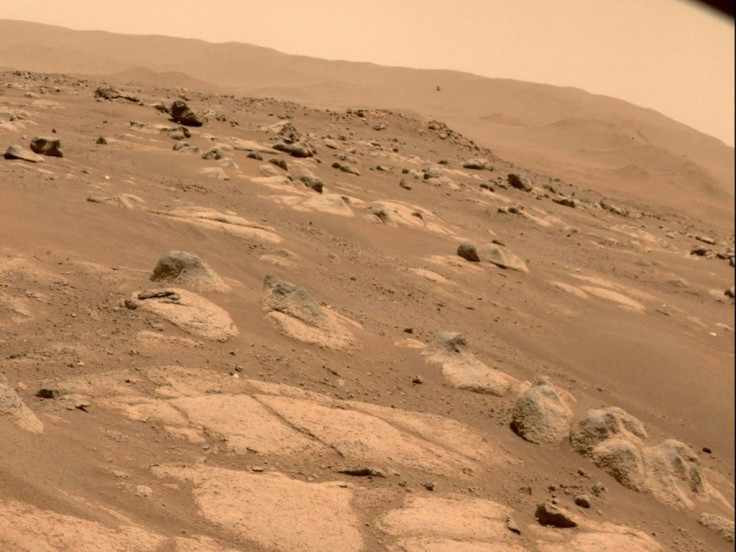NASA Recruitment For Mars Simulation Mission Now Open
KEY POINTS
- The mission aims to "simulate life on a distant world"
- It is set to begin in the fall of 2022
- The mission will be set at NASA's Johnson Space Center
Have you ever wanted to experience living on the Red Planet? NASA is now looking for determined applicants to make up the crew of a year-long Mars simulation mission.
As NASA is getting ready to send people to deeper space exploration, it is also preparing to deal with the many challenges that future astronauts may face. Only recently, it joined forces with Tide to develop a detergent that would allow astronauts to do their laundry in space.
This time, NASA is going a step further as it is recruiting participants for a series of missions to "simulate life on a distant world." Called Crew Health and Performance Exploration Analog (CHAPEA), the missions are comprised of three one-year Mars simulations wherein four crew members will live and work together in a 3D-printed 1,700-square-foot module called Mars Dune Alpha, the agency explained in a statement Friday.
This habitat will have features such as private crew quarters, a kitchen, two bathrooms and areas for fitness, medical, work, crop and even recreational activities. It will also be "as Mars-realistic as feasible," NASA said.
"The habitat will simulate the challenges of a mission on Mars, including resource limitations, equipment failure, communication delays, and other environmental stressors," NASA said. "Crew tasks may include simulated spacewalks, scientific research, use of virtual reality and robotic controls, and exchanging communications."
Set to begin in the fall of 2022, the missions will be set at NASA's Johnson Space Center.
Who Are Eligible to Apply?
"NASA is looking for healthy, motivated U.S. citizens or permanent residents who are non-smokers, age 30 to 55 years old, and proficient in English for effective communication between crew and mission control," the agency said, noting that the process will follow the same criteria as its astronaut selection.
This means applicants must possess certain qualifications like a master's degree in a STEM field and at least two years of related professional experience in a STEM field or at least 1,000 hours of pilot-command time on a jet aircraft.
Those who will make it to the final stage of the application process will also have to undergo medical evaluations as well as psychological and psychiatric screening to make sure they're suitable for the "physically and mentally demanding long-duration isolation mission."
Those who have certain conditions such as food allergies or gastrointestinal disorders "will not be selected." Moreover, candidates shouldn't be prone to motion sickness when using virtual reality equipment.
Mars is calling! 📲 Applications are open to participate in a rare and unique opportunity: the first one-year analog mission in a habitat to simulate life on a distant world, beginning Fall 2022.
— NASA (@NASA) August 7, 2021
Think you have what it takes? Get more details: https://t.co/lXHklAqSGy pic.twitter.com/jCpGClcr77
The selection process may take up to 13 months, NASA said. The applications for the mission that begins in Fall 2022, opened on Aug. 6 and will continue until Sept. 17, 2021. Interested applicants may apply here.
"The analog is critical for testing solutions to meet the complex needs of living on the Martian surface," Grace Douglas, lead scientist for NASA's Advanced Food Technology research effort at NASA's Johnson Space Center in Houston, said in the statement. "Simulations on Earth will help us understand and counter the physical and mental challenges astronauts will face before they go."

© Copyright IBTimes 2024. All rights reserved.





















